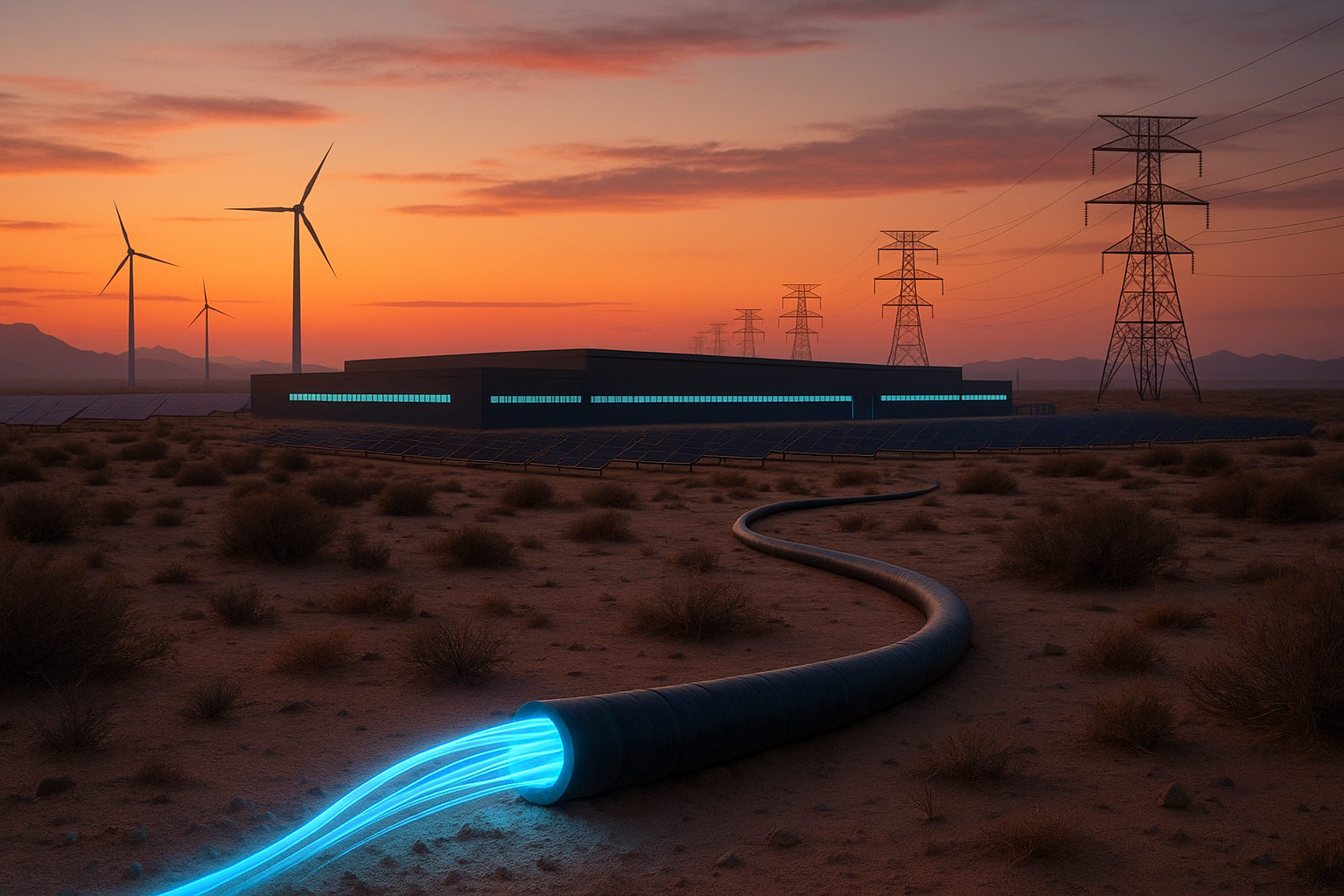Is Microsoft quietly assembling what could be one of the largest data center projects in America? The breadcrumbs scattered across the Texas desert point to something massive taking shape—and nobody's really talking about it.
Let me lay it out for you.
Context Labs, a sustainability analytics outfit that runs exclusively on Microsoft Azure (that exclusive relationship is your first clue), has reportedly joined a data center project in the Permian Basin. We're not talking about some modest server farm here. The potential scale? Somewhere between 250 and 1000 megawatts.
Let that sink in.
That's potentially larger than some nuclear power plants. For a data center. In the middle of West Texas.
Meanwhile—and this is where it gets interesting—GlobeLink Network is laying down 1,600 miles of fresh fiber. The route? Conveniently connects Dallas, Austin, San Antonio, and Houston. And wouldn't you know it, each of those cities happens to host significant Microsoft Azure infrastructure already.
I've been covering tech infrastructure plays for years, and there's an old saying in the business: follow the fiber. When someone spends millions laying glass through the desert, they're not doing it for their health.
The location makes perfect sense, actually. West Texas offers the trifecta that makes data center operators salivate: dirt-cheap land, abundant energy, and increasingly, renewable power options. The Permian Basin isn't just pumping oil these days—it's become wind and solar country too, which aligns nicely with Microsoft's carbon-negative promises.
Think about the strategic advantage here. A massive compute facility near Odessa would position Microsoft perfectly for several growing markets:
Energy sector AI and analytics? Check. (You're literally building next door to the biggest oil and gas operations in the country.)
Edge computing for the southwestern U.S.? Absolutely.
A logical hub for Mexico-bound traffic? Yep.
Not to mention, space for those power-hungry AI training workloads that have been straining grids elsewhere.
The fiber buildout is what really gives the game away, though. GlobeLink's routing creates a digital superhighway connecting this potential desert facility with Microsoft's established footprint. It's like watching someone build railroad tracks to an empty patch of desert—nobody does that without big plans.
From a financial perspective, this tracks with Microsoft's recent behavior. Their cloud revenue jumped 29% last quarter, and their capital expenditure plans have gotten increasingly aggressive. They're clearly building for a future where AI and cloud demand continue to explode.
Now, the energy angle deserves special attention. Context Labs specializes in emissions tracking—crucial capabilities for a company trying to build power-hungry infrastructure while maintaining a straight face about climate commitments. Microsoft has been tinkering with various exotic power solutions, from hydrogen cells to biogas. The Permian Basin offers a perfect laboratory where fossil fuels and renewables converge.
Could this be another hyperscaler besides Microsoft? Sure, I suppose. But that Azure-exclusive relationship with Context Labs makes Microsoft the obvious candidate. Google and Amazon have their own sustainability platforms and partnerships. This has Redmond's fingerprints all over it.
Of course, these things evolve. I've seen tech giants secure land and permits for facilities that ultimately took very different forms than initially planned. But the pattern here suggests serious intent, not speculative land banking.
The fascinating question is what exactly Microsoft plans to do with such enormous compute capacity in this specific location. Standard cloud workloads don't require this kind of specialized positioning. This looks more targeted—perhaps a dedicated AI training facility, specialized government workloads, or something tailored to the energy sector.
Whatever it is, when hyperscalers make moves this big, they reshape economies. West Texas might soon find its fortunes tied not just to what's pumped from below ground, but what's processed in massive warehouses above it.
And remember—as with most mega-projects like this—the real story isn't found in press releases. It's buried in permit applications, power purchase agreements, and yes, in the curious patterns of brand-new fiber optic cables slicing through the desert sand.
